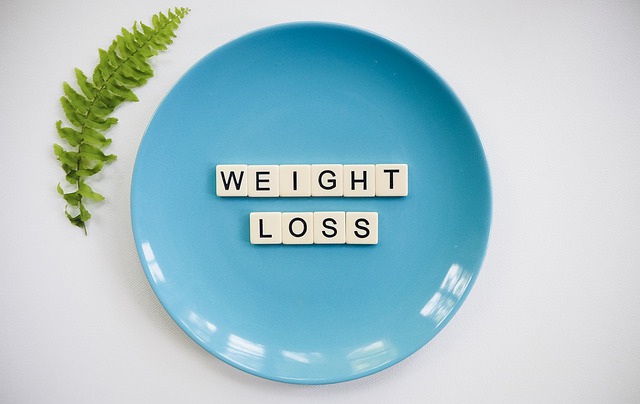IMPROVE PERFORMANCE AND REDUCE FATIGUE

Most people have a favorite form of exercise such as barre, yoga, cardio, strength training, or HIIT. These workouts are what makes trips to the gym rewarding and motivating. Each form of exercise provides a unique benefit that can’t be achieved anywhere else. For example, Yoga and barre focus on isometric strength and developing flexibility and mobility. Strength training builds up your strength, physique, and bone density. Cycle classes intensify your cardio routine. The unique qualities of these types of workouts are their greatest strengths. However, with that strength comes their greatest weakness. Every form of exercise comes with a weak spot, an essential part of fitness that cannot be achieved. You cannot gain flexibility through strength training or increase your cardiovascular endurance with yoga. No one form of exercise covers the basics of fitness that will allow you to feel, look, and act your best. So, how can we ensure we are as healthy and fit as possible? Cross training!
Cross-training is a style of a weekly workout split where you engage in multiple types of training in a single week. Cross-training is a tool that allows you to optimize your workout split. It focuses on your primary goals and will enable you to recover optimally. Cross-training provides for the reduction of weak spots in your training split by having you incorporate multiple types of exercises into your routine. To apply cross-training, you must incorporate two or more exercise styles into your weekly split. For example, doing yoga and cycling. Whether your split is two days or seven days a week, cross training is essential to support a balanced physique, improve your fitness skills, and allow for healthy recovery work.
Many people start their journey with specific physique goals in mind. These goals can be strong motivators and help people find their place in the fitness world. However training for physique can lead to an unbalanced fitness routine. We have all seen people overwork a portion of their body, leading to an imbalanced composition. Many like to point out the “chicken legs” of upper body-focused exercisers. While an imbalanced physique can keep you from looking your best, what may be less noticeable is an imbalance in fitness skills. Many people who hyper-focus on strength training ignore their cardiovascular health and flexibility, leading to an imbalance of strength seen in their inability to have full mobility or proper cardio endurance. On the other hand, those who hyperfocus on flexibility and cardio can find themselves feeling weak. Both hyper focuses can lead to severe and chronic injuries that take away from your training. Overall, you cannot expect to feel your best when you are ignoring essential training types. This hyperfocus can also lead to excessive fatigue due to improper recovery.
Doing only one form of exercise can quickly cause your body to fatigue, and no matter how much you may love that type of exercise, you can become bored with your split. For those who have the time and desire to do some form of exercise every day, cross-training is necessary to maintain this practice. Having no form of a rest day for any kind of exercise will quickly lead to an overworked body. Rest is when our body takes the hard work from our exercises and applies it to improvements in our body. Many dread the idea of doing nothing for the sake of proper rest. However, cross-training allows us to circumvent this issue. If you train your body differently, you can still benefit from rest while maintaining your routine. Doing Yoga the day after a weightlifting session or cardio the day after barre will allow your body to recover from the previous day while still getting a beneficial workout.
I hope I have thoroughly convinced you of the value of cross-training. If you want to use this fantastic split tool but don’t know where to start, I have created some examples of 3-day flow class-supported workout splits based on your focus!
Example Exercise Splits
The Cheat Code to Easy Cross Training: Flow Fit Classes! By attending one of each type of class a week you will hit all your essential fitness categories: Strength, Cardio, Balance, Mobility, and Flexibility!
Day 1: Endurance Fit Class
Day 2: Power Fit Class
Day 3: Resistance Fit Class
Strength And Cardio
Day 1: Lower Body Lift
Day 2: Flow Cycle Class
Day 3: Upper Body Lift
Strength, Balance, And Flexibility
Day 1: Full Body Lift
Day 2: Flow Power Yoga
Day 3: Flow Candlelight Yoga
Cardio, Strength, And Balance
Day 1: Full Body Lift
Day 1: Flow FIT Class
Day 3: FlowBarre Class
Cardio, Balance, And Flexibility
Day 1: FlowBarre Class
Day 2: FlowCycle Class
Day 3: Flow Yoga Class









